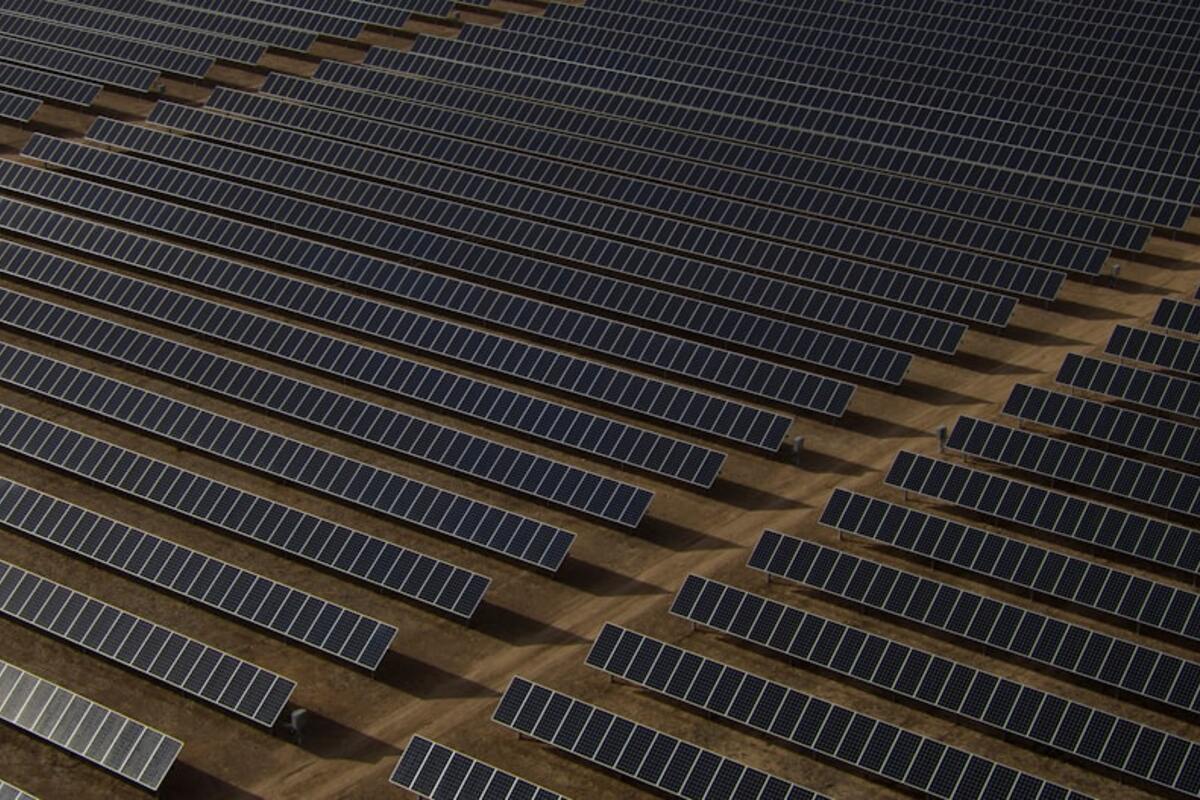The Emergence of Perovskite Solar Cells: A Game Changer in Renewable Energy
Discover how perovskite solar cells are revolutionizing solar energy with higher efficiency, lower costs, and versatile applications.

- Perovskite solar cells offer higher efficiency and lower manufacturing costs compared to traditional silicon cells.
- These cells are more versatile, paving the way for innovative applications in various industries.
- The challenges of stability and scalability are actively being addressed, promising a bright future for sustainable energy.
Introduction to Perovskite Solar Cells
The field of renewable energy has experienced numerous breakthroughs, but few have shown as much promise as perovskite solar cells. Unlike traditional silicon-based solar cells, perovskite solar cells are a type of photovoltaic technology that utilizes perovskite-structured compounds to capture solar energy. This novel approach not only offers higher efficiency and lower production costs but also opens new possibilities for integration and application due to its unique material properties.
The Advantages of Perovskite Solar Cells
Perovskite solar cells stand out for several reasons. First, they offer a significant potential increase in efficiency. While traditional silicon cells struggle to surpass 22% conversion efficiency, perovskite cells have achieved efficiencies exceeding 25% in laboratory settings. This leap in performance is accompanied by a reduction in material and manufacturing costs, making solar energy more accessible and economically viable.
Moreover, perovskite materials can be manufactured using simpler processes such as solution-based techniques. This contrasts with the energy-intensive methods required for silicon cells, further driving down the cost and energy footprint of production. The ability to produce flexible, lightweight, and semi-transparent solar cells also expands their application potential, enabling integration into windows, building facades, and even textiles.
Challenges and Innovations
Despite their advantages, perovskite solar cells face challenges that researchers are actively working to overcome. The primary concern is the stability of these cells under real-world conditions. Perovskite materials can degrade when exposed to moisture, oxygen, and ultraviolet light, which can limit their lifespan. To address this, innovative encapsulation techniques and material compositions are being developed to enhance their durability.
Scalability is another hurdle. While small-scale, high-efficiency perovskite cells have been demonstrated, translating these results into large-scale manufacturing remains a challenge. However, advancements in roll-to-roll processing and tandem cell architectures, where perovskite cells are stacked with other types of cells, are showing promise in overcoming this barrier.
- Increased efficiency and reduced costs.
- Innovative applications in various sectors.
- Ongoing research to enhance durability and scalability.
The future of perovskite solar cells looks promising as they continue to evolve rapidly. With ongoing advancements in material science, engineering, and manufacturing techniques, perovskite solar cells are poised to become a cornerstone of sustainable energy solutions. As researchers conquer the remaining challenges, we can anticipate a significant transformation in how solar energy is harnessed and utilized globally.
